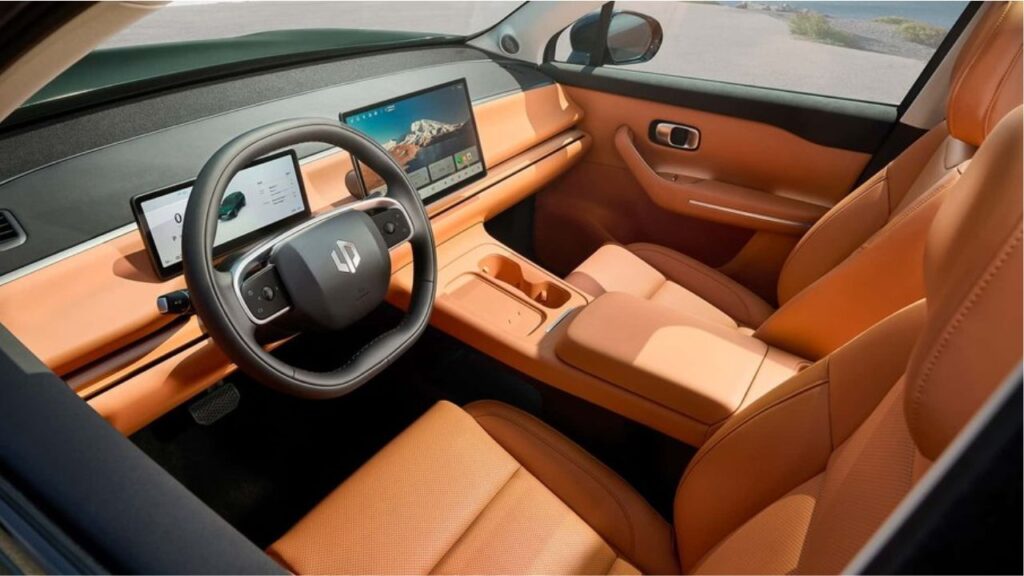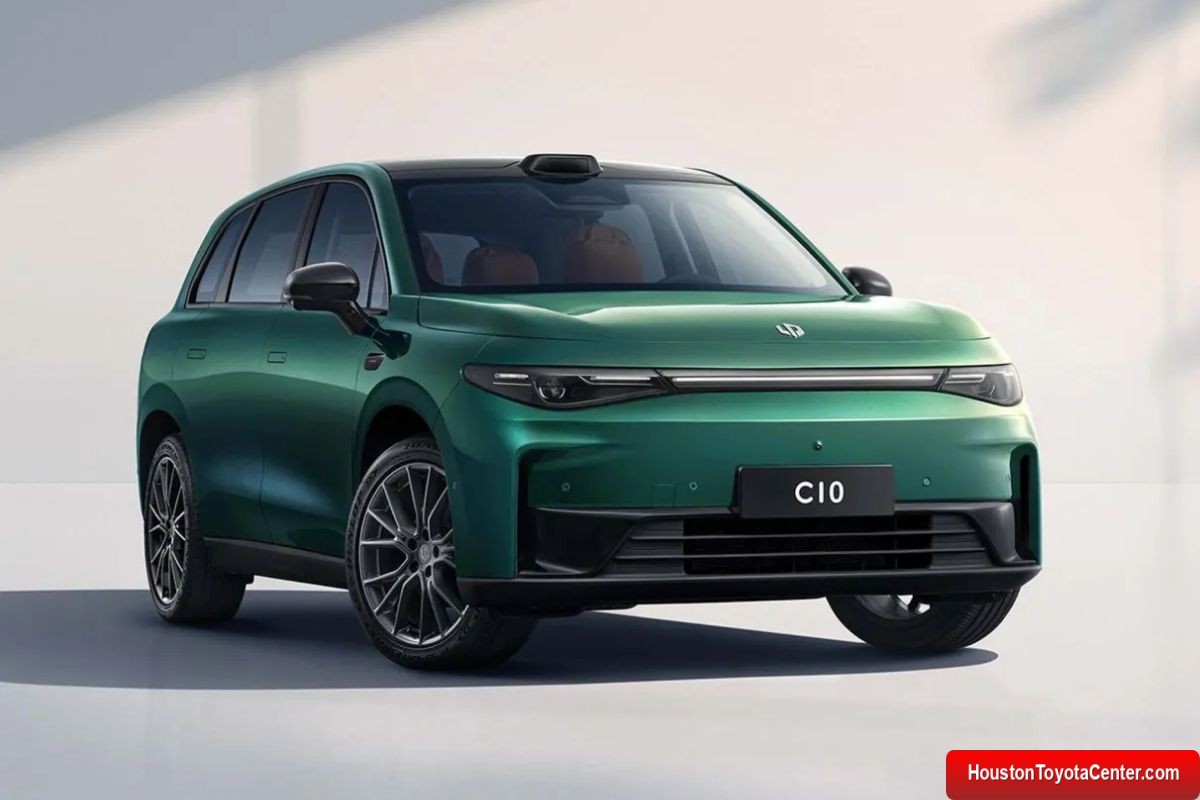Brazil is set to witness a major shift in the electric vehicle (EV) market in 2025, with the arrival of the Leapmotor C10 REEV—a cutting-edge SUV born from a powerful partnership between Chinese automaker Leapmotor and global auto giant Stellantis.
⚡ The Game-Changing Powertrain: EV Freedom Without Range Anxiety
Forget everything you thought you knew about hybrids. The Leapmotor C10 REEV (Range Extended Electric Vehicle) introduces a unique electric propulsion architecture that combines:
- 210 km of real electric autonomy via a 28.4 kWh battery
- A 1.5-liter gasoline engine that never touches the wheels, acting solely as a power generator
- A combined range of up to 1,150 km
This setup means you can drive as if you’re in a full electric vehicle—enjoying silent operation, instant torque, and no gear shifts—without the fear of being stranded without a charging station.
According to international tests, the C10 REEV offers an astounding fuel economy of 110 km/l, outperforming all conventional hybrids currently on the Brazilian market.
FREE: Quickly identify and understand problems with your vehicle 🚘
CLICK HERE🧠 Intelligent Tech Meets Sleek Design
With its modern, minimalist design, the C10 REEV rivals SUVs like the Jeep Commander and GWM Haval H6 in size and comfort:
| Feature | Details |
|---|---|
| Length | 4.74 meters |
| Width | 1.90 meters |
| Wheelbase | 2.83 meters |
| Wheels | 20-inch alloy wheels |
| Infotainment Screen | 14.6-inch floating Android touchscreen |
| Driver Display | 10.25-inch fully digital cluster |
| Audio | 840-Watt premium system (12 speakers) |
| Connectivity | 4G, wireless mirroring, voice commands |
| Ambient Comfort | Wireless charger, ambient lighting |
The interior feels premium and futuristic, with flush-mounted handles, a floating roof design, and plenty of space for five passengers.
🔋 Fast Charging, Flexible Living
Need to charge on the go? The C10 REEV supports:
- Fast DC charging: 0 to 50% in under 20 minutes
- Home AC charging: Full recharge overnight using standard outlets
This convenience, paired with the REEV architecture, offers a true EV lifestyle without changing your daily habits.
🛡️ Packed with Safety & Assisted Driving
Safety and automation are major highlights, with 17 ADAS features, including:
- Adaptive cruise control with stop-and-go
- Autonomous emergency braking
- Lane-keeping assist
- Blind-spot monitoring
- Traffic sign recognition
- 360° sensors and automatic parking
These systems put the C10 REEV on par with luxury SUVs far above its expected price range.

🇧🇷 Stellantis Takes the Lead in Brazilian Distribution
The C10 REEV is part of a 2023 joint venture in which Stellantis acquired 20% of Leapmotor. This partnership guarantees:
- Local support and service
- Distribution through Fiat, Peugeot, and Citroën dealerships
- Sales structure tailored for EV maintenance and parts
📅 Coming in 2025: Electric Power with a Practical Touch
The Brazilian launch is set for the second half of 2025, potentially as early as September. While a BEV (Battery Electric Vehicle) version is also in development, Leapmotor’s strategy prioritizes the REEV for now—seen as better suited to Brazil’s still-developing charging infrastructure.
💰 Aggressive Pricing Below R$250,000
The expected price range of R$210,000 to R$240,000 positions the Leapmotor C10 REEV as a disruptive force in the electrified SUV segment.
⚔️ Main Competitors
| Model | Type | Electric Range | Starting Price (est.) |
|---|---|---|---|
| Leapmotor C10 REEV | REEV | 210 km + 940 km | R$210,000–R$240,000 |
| BYD Song Plus | Plug-in Hybrid | ~110 km | R$230,000+ |
| GWM H6 HEV | Hybrid | ~75 km | R$210,000+ |
🚀 Why It Matters
The Leapmotor C10 REEV brings a revolutionary blend of electric efficiency and real-world practicality. For consumers curious about EVs but still wary of range and infrastructure limitations, it’s a compelling middle ground.
The message is clear: with Stellantis’ support and Leapmotor’s technology, Brazil is about to receive a new class of electrified mobility—one that bridges today’s reality with tomorrow’s sustainable promise.


Leave a Reply